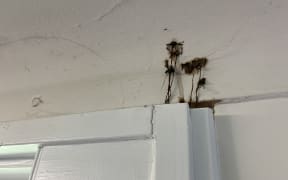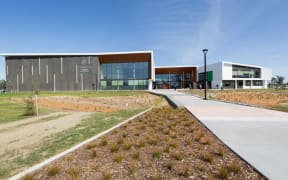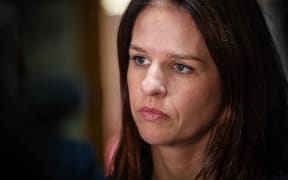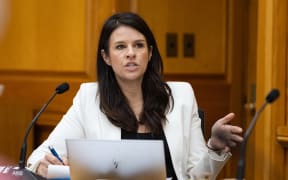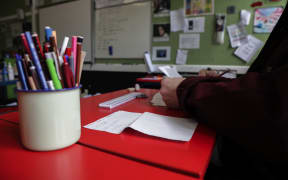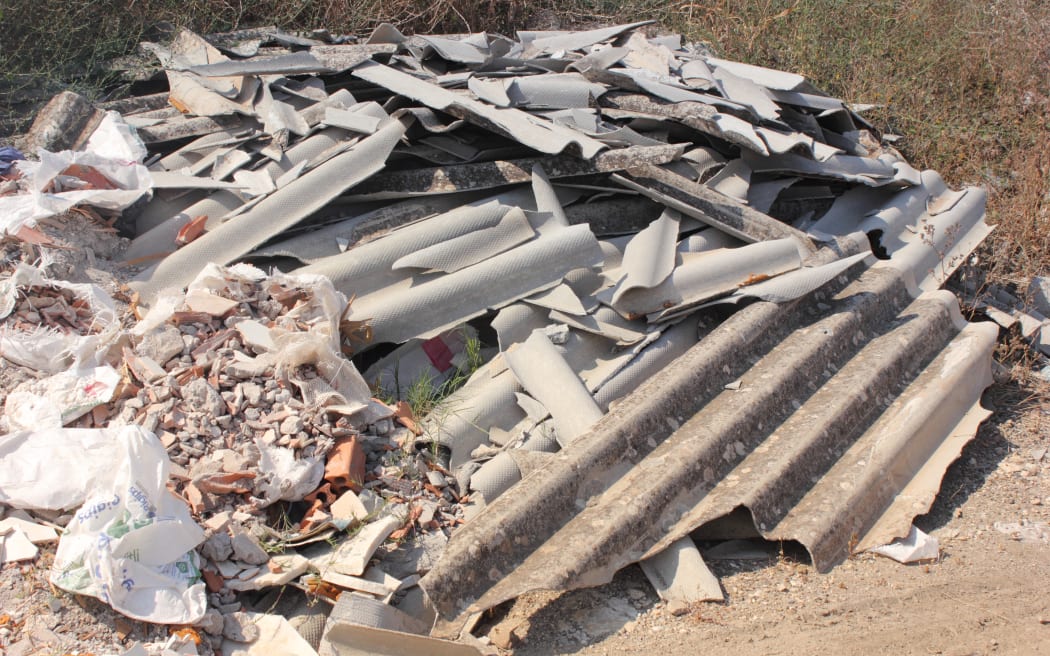
Asbestos removal could soon be limited to ministry-approved firms. (File photo.) Photo: 1markim/123RF
Some licensed companies have been doing such a poor job of removing asbestos in schools, the Ministry of Education is looking at tighter controls.
The ministry said it was considering a national panel of approved asbestos removal companies, which schools would have to use.
Exposure to asbestos - a known carcinogen - is the country's number one workplace killer, claiming about 220 lives a year.
Many state schools were built at a time when asbestos was commonly used in construction - and most had an asbestos management plan.
Despite a clampdown on the loosely regulated industry six years ago, some removal jobs at schools have had to be done twice.
"The ministry is aware of some instances where poor asbestos-removal practice has occurred in a school and where follow-up work to address inadequacies has been required," its head of property Sam Fowler told RNZ on Thursday.
"In such cases, the duly licensed suppliers engaged were able to demonstrate observance of proper asbestos removal management in their tender documents, however, fell short in conducting their work to the high standards expected by the Ministry and asbestos industry in general."
Asked if there were cases of a removal job ending, then weeks later someone at a school finding asbestos loose somewhere, the ministry said: "We have identified examples of poor removal practice where, for example, asbestos cement pieces have been found in outdoor areas after a clearance certificate for the area had been issued."
Rural schools suffered from a lack of choice over contractors, so the ministry was closely checking asbestos removal on those sites, he said.
"The ministry is looking at the option of a national panel of asbestos suppliers who can demonstrate their ability to meet industry and health and safety standards, which, if progressed, would apply to all asbestos projects in schools."
The ministry did not name the schools where such "inadequacies" had been identified, nor specify the number of poor jobs done.
The asbestos industry association warned the government 18 months ago that licensing of asbestos supervisors was far too loose, and WorkSafe's enforcement, such as suspending bad operators, had been too lax.
Association president Helina Stil said the ministry's revelations about the poor jobs were "concerning", though it had not raised any issues with the association - and should have.
"Certainly, if any of the contractors had been a member, we would have liked to have known about it because then we could work with the ministry, industry and WorkSafe to resolve these," Stil said.
The main problem raised with WorkSafe was that supervisors were linked to multiple companies.
"Also the fact of the licensing regime does appear to be more of a desktop audit ... it's more of a checking paperwork sort of a thing, rather [than] going on to site and seeing how their jobs run," she said.
The association had kōrero with WorkSafe, but still did not know the outcome of their many recommendations or when a new code would come out. "We sit with bated breath like the rest of everybody, I suppose, until WorkSafe contacts us."
WorkSafe said entities responsible under health and safety law, like boards and principals, were required to manage their obligations.
"A national level panel to assist the Ministry of Education is not something WorkSafe would be involved with, to maintain regulatory separation," it said in a statement.
It was still working on a code of practice for the industry and gave the sector an update last month.
As for asbestos surveys, that precede removal, this was not a regulated activity. "Where WorkSafe can influence this is to set best practice criteria for training" in its guidelines for surveyors.
But the asbestos association in its 2022 report said the WorkSafe guide was "quite vague on surveyor competence".
Fowler said projects led by schools - "where the ministry has less oversight on the selection of contractors" - often faced more problems.
A panel of suppliers would be a cost-effective way to improve confidence in the work, he said.
"A panel would also allow the ministry to manage instances of poor performance, including removing suppliers from the panel."
School trustees and principals - as well as the ministry - are legally answerable if anyone is exposed to asbestos, but they do not make the regulations or set standards around its removal.
The School Trustees Association said in a statement that dealing with asbestos had been "extremely onerous" for some schools, "many of whom are at the pointy end of the historic underinvestment in education, with classrooms becoming increasingly unfit for learning and other buildings on school grounds deteriorating.
"Perhaps it is time for the government to take back full responsibility of what essentially is a Crown asset."
Even where asbestos removal is done properly, it can be a nightmare.
Lytton High School in Gisborne is only getting the use of its hall back, six years after asbestos was found in it.
Principal Wiremu Elliott said what looked like a straightforward strengthening job turned complex when asbestos tumbled out of the ceiling, contaminating the walls, too.
"Nobody locally could handle a job that big," Elliott said.
A series of remedies were looked at and shied away from - "too scary" on price - until finally the ministry settled on one that took 18 months to do.
"We have had a generation of kids that do not know what their hall looks like inside."
Principals could access expert advice from the ministry, but were not property experts, and this made it tough, he added.

